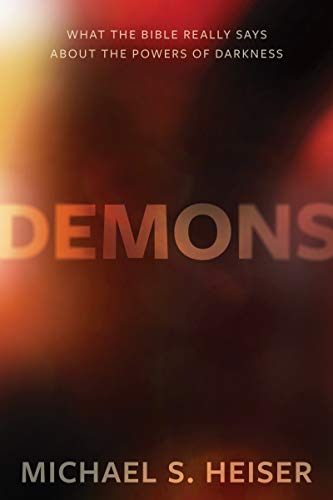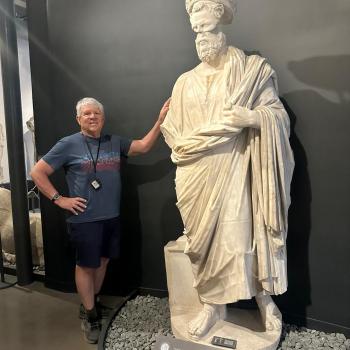BEN: While this question might better suit the Unseen Realm discussion, still it’s relevant here. I entirely agree with you that Eden was a particular place on earth, not the whole earth. From my viewpoint, in addition the story of Adam and Eve is basically the story of the origins of the group of people who became God’s chosen people, not everyone. The Bible is about God’s relationship with a particular people, and others enter the picture only insofar as they interact with God’s people. We can say that Adam and Eve are the representative head of all human beings, but not the genealogical ancestors of all humans. This explains, for example how Cain and Abel could have wives that were not their sisters!! For me, I don’t see any problem with taking Adam and Eve to be real historical human beings, as Jesus and Paul seem clearly to have believed, without trying to claim they are the origins of the human species all over the world. I had a long critique of Scot McKnight’s recent book where he seems to waffle on the history of Adam and Eve, in order to take into account the scientific evidence of genomes, genetics etc. which suggest human beings originated in various places in the world not in just one. How do you view these things? Would you say, for instance that Cro-magnon man is subhuman rather than human, or Australiopithicus?
MICHAEL: I think co-Adamism (humans co-existing alongside Adam and Eve) is an idea that the biblical text can sustain. That doesn’t mean it’s correct. I’m not sure it is, even though it’s attractive in several respects. My only real concern with the idea is the image of God. I see all humanity being created as God’s imagers, not just a subset that extend from Adam and Eve. That would be a grave error, the results of which we’ve already seen. The idea that some humans were image bearers and others were not was one of the theological trajectories that justified racism and the treatment of “non-imagers” as sub-humans. People interested in the history of that subject, especially as it pertains to the believing Church, should read Livingstone’s work, Adam’s Ancestors (Johns Hopkins). It’s an intellectual history and dense reading, but there’s nothing as suited to tracing this idea from its roots to its tragic results. I’ve been talking recently with S. Joshua Swamidass about his recent book, The Genealogical Adam and Eve. Josh is a believer. His thesis depends on co-Adamism. He argues, on the basis of science (genetics) that all humanity as we now know it could certainly have genealogically descended from a single couple. His worked resulted in Biologos changing their position and removing some older material from their website. Josh’s book has been reviewed by antagonistic atheist scientists who affirm the science is on target even thought they don’t like “the religion” that goes with it. So I feel secure that the science is sound. The question for me is whether the biblical text can sustain it. I’ll be participating in a 2020 AAR session reviewing his book. Josh has a chapter on defining what a human is that I’m still thinking about – this is the key for me, as it relates to the imaging idea. I have pretty simplistic notions of science and how geneticists would define homo sapiens and “human” – to this point it has been the idea that interbreeding requires calling XYZ hominid a human. But his work has awakened me to the fact that the terminology is more complicated than that. That’s about all I can say now. I have to make sure with Josh that I understand the science before I can answer my own question. But for now, I feel positively predisposed to co-Adamism with the imaging caveat. If I can see a biblical defensible path for co-Adamism that doesn’t result in “human sub-humans,” then that’s workable, since I already know how to defend co-Adamism from the text.
BEN: And I would say that a text like Hos. 11 makes clear that God treats non-Israelites and their descendants as fully human image bearers whom he loves. So co-Adamism makes good Biblical sense to me. I don’t think this rules out the notion that there were pre-human creatures, now extinct that might explain some archaeological evidence about Austrailiopitchicus etc. but I could certainly be wrong about that. It’s my wife who is the scientist in the family.













